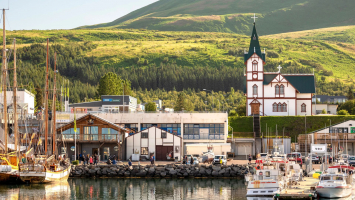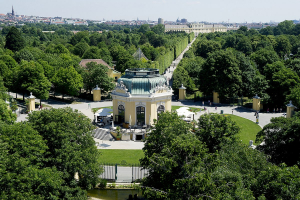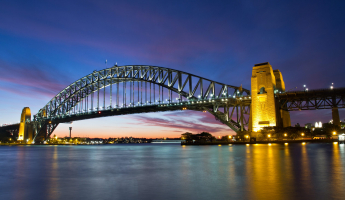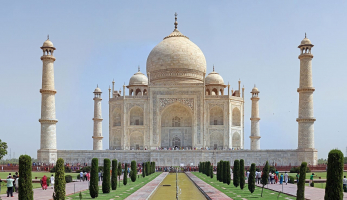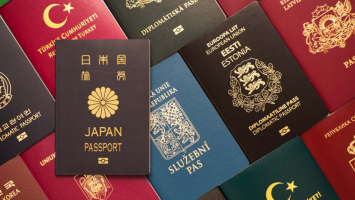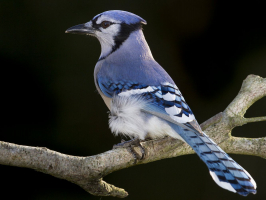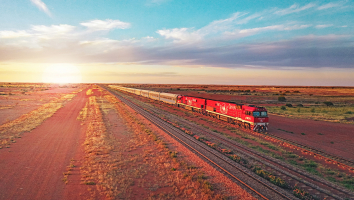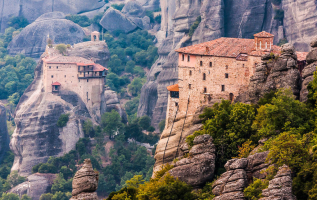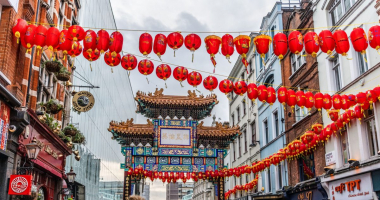Top 10 Largest Coffee Producing Countries In The World
Many people choose coffee as their morning beverage, a beverage to go with their talks or something to relax with at the end of a long week. Who are the ... read more...leading coffee producers globally, and what are their typical earnings? We will outline the top 10 largest coffee producing countries in this article and discuss how each bean is distinctive to each country.
-
Brazil, which is in South America, holds the top spot as the world's leading producer of coffee. A whopping 2.68 million metric tonnes of coffee are produced there each year. For 150 years, it has held the top spot as the world's top producer of coffee!
Given how much coffee Brazil produces, it should come as no surprise that the climate is ideal for cultivating Arabica and Robusta beans.
Brazil has consistent temperatures throughout the year, low elevation, and exactly the proper amount of sunlight and rainfall. Brazil coffee is prized for its rich, creamy body, low acidity, and delicate flavors of bittersweet, rich chocolate, and caramel, making it the ideal base for fantastic flavored coffees.
But not only the bean has traveled and become international. The actual term itself has traveled a bit, first from East Africa to the Middle East, then to Europe, and then all the way around the world in its English version.
Coffee Production: 2,681 Metric tons (000s) per year
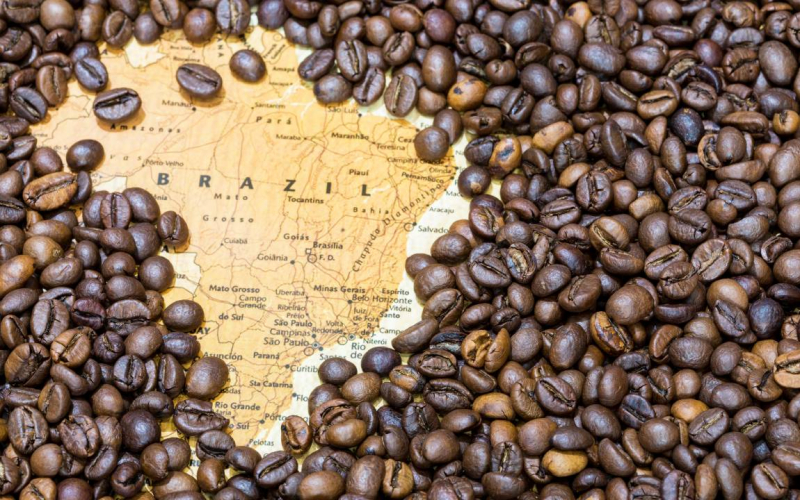
Photo on giacaphe.com 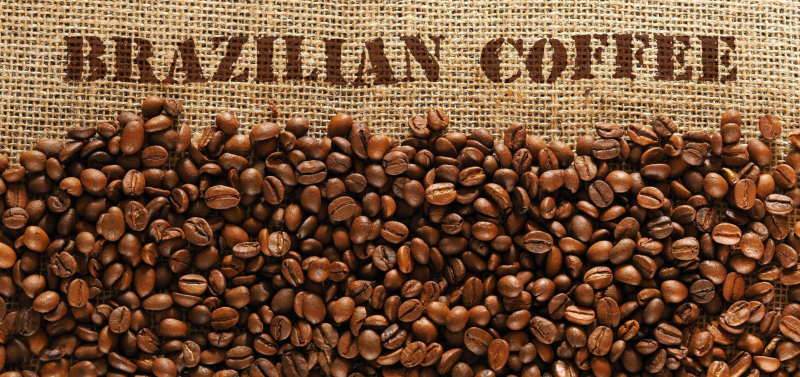
Photo on RhoadsRoast Coffees -
Vietnam goes up a notch to number two in Asia, with well over 1.5 million tons. It is their second most important export after rice.
Former French colonists brought coffee to Vietnam in the 1800s, where it is being farmed today in the Buôn Ma Thuột region. After undergoing reform in 1986 that allowed for private firms and a subsequent increase in industry expansion, Vietnam is now one of the most competitive robusta producers in the world, making it the second-highest producer of the bean globally.
Robusta coffee beans, which are noted for their low acidity and bitterness and are ideal for instant coffee and as a component of blended coffee, account for 40% of the world's total production.Coffee Production: 1,542 Metric tons (000s) per year
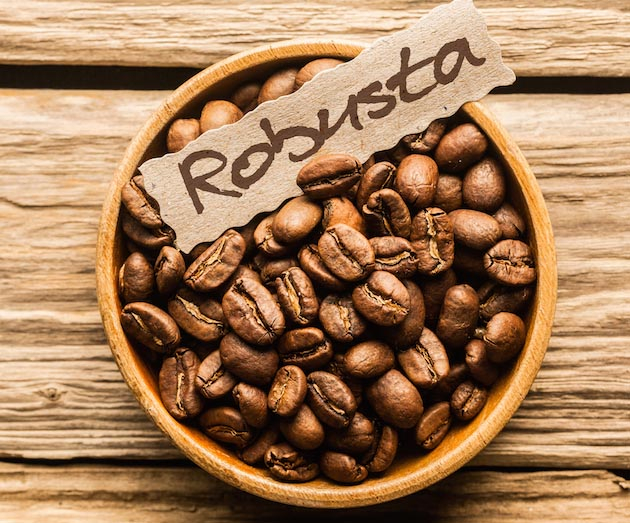
Photo on HANG XANH INTERNATIONAL Co., Ltd. 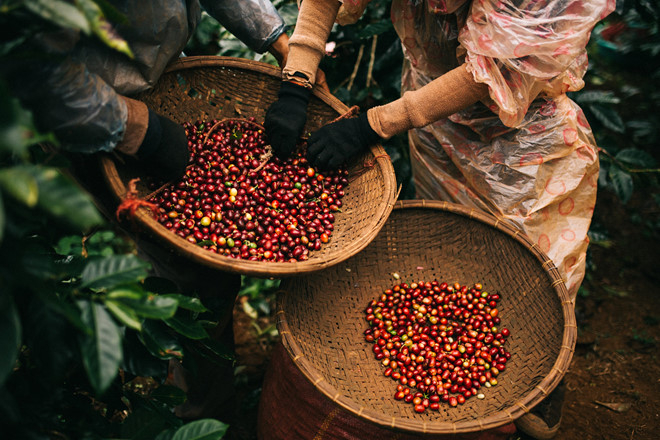
Photo on Viego Global -
Returning to South America, we find Colombia at number three, upping the ante even more. Colombia is one of the few countries that produces just Arabica beans due to its ideal topography and temperature.
Coffee from Colombia is highly regarded for its aromatic, delicate, and fruity flavors. Every family in Colombia is impacted by the non-profit organization Café de Colombia, which also represents the coffee industry. The communities that grow coffee benefit from their reinvestment of profits.
The beans are normally cultivated between 1500 and 2000 meters, which results in a variety of medium-bodied coffees that have rich nutty smells, a tinge of citrus acidity, and a subtle sweetness.Coffee Production: 754 Metric tons (000s) per year
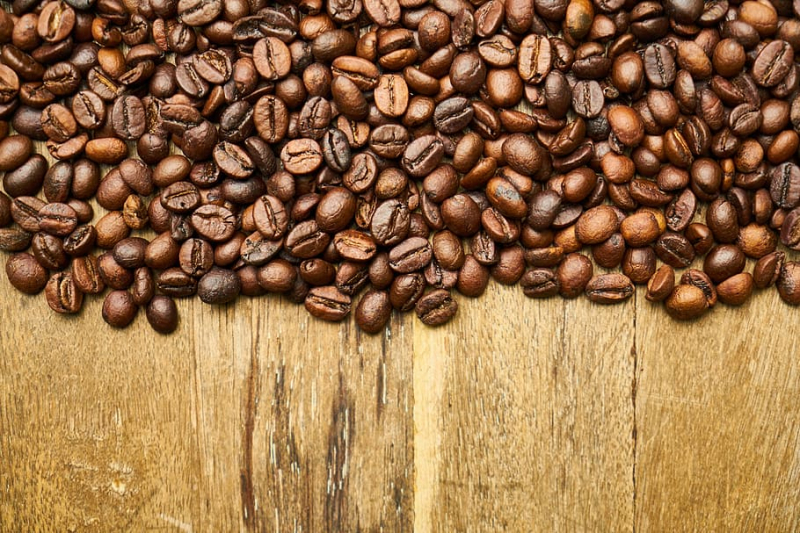
Photo on Wallpaper Flare 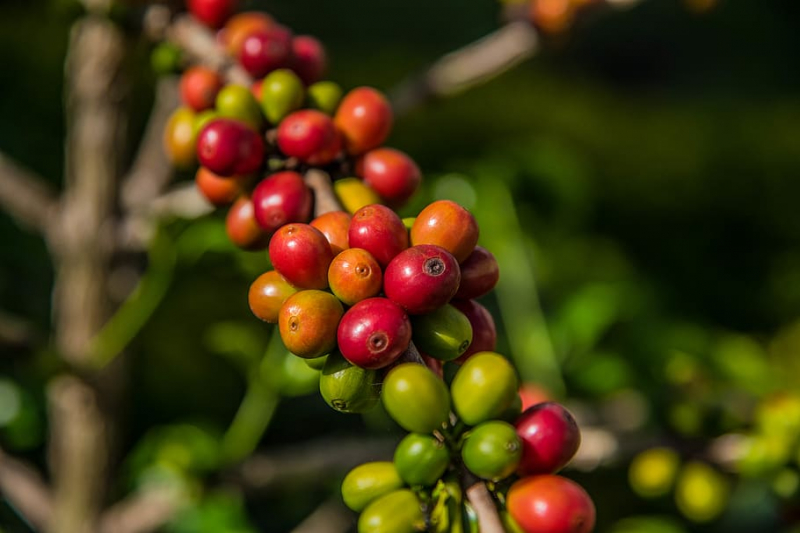
Photo on Wallpaper Flare -
Returning to Asia, Indonesia leapfrogs to fourth place. The coffee accessible from this part of the world is extraordinarily diversified, which is a significant deal for a country made up of hundreds of islands.
Coffee was first grown in the late 1600s during the Dutch colonial period. The island of Java was the first in Indonesia to plant coffee. Java coffee is well-known for its matured woody and earthy flavors, as well as its thick, rich body and pleasant acidity.
Indonesian coffees are almost universally regarded as among the best in the world, with Javan, Sumatran, and Sulawesi topping the list. These are coffees with earthy overtones, deep smokey and spicy flavors, a robust body, and a rich scent.Coffee Production: 669 Metric tons (000s) per year
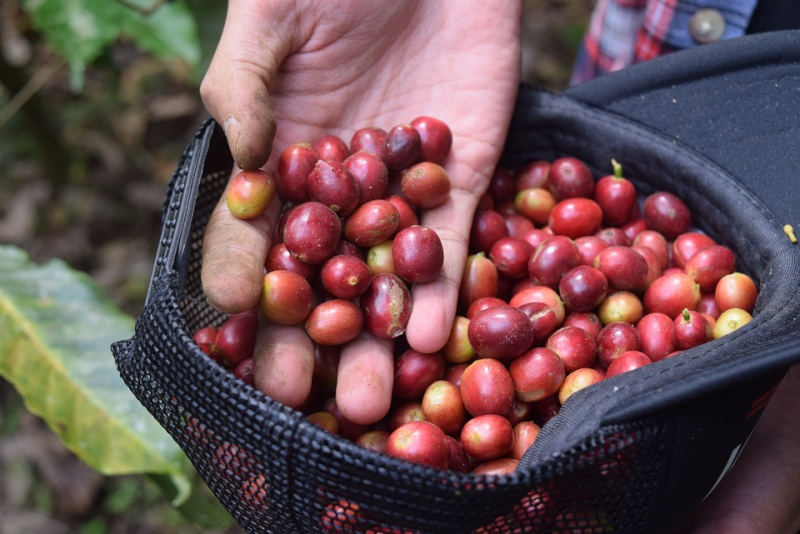
Photo on Max Pixel 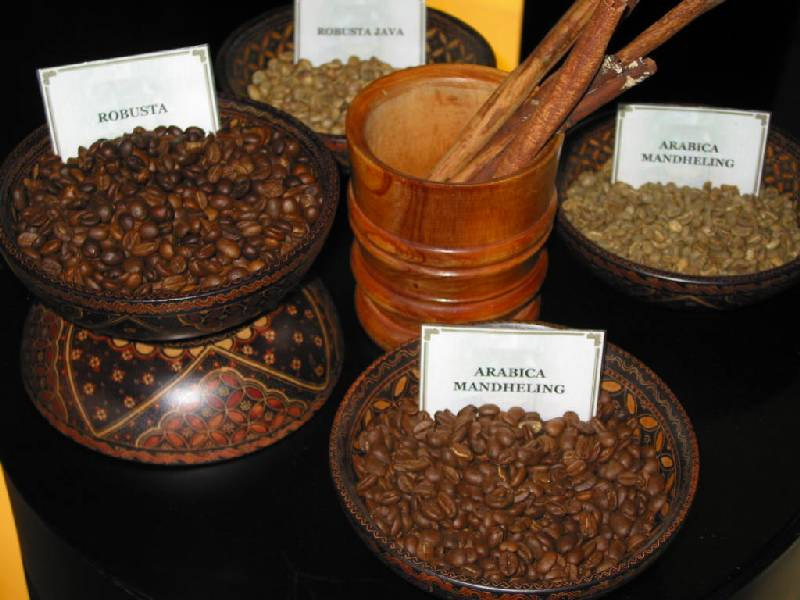
Photo on Wikimedia Commons -
Returning to Central America, Honduras takes the top spot by over 3,795 extra metric tons, edging out Ethiopia at number five.
Although Honduras shares similar climatic characteristics with Costa Rica and Guatemala, its current place among the world's top exporters of coffee is astounding given that it was previously mostly unnoticed.
Poor infrastructure previously made it difficult, which resulted in the majority of their coffee being sold domestically and only 10% of their output being exported. However, their coffees have become more popular in recent years.
The majority of Honduran coffees are produced on little mountain farms called "Fincas" at elevations of between 1400 and 1700 meters. Since many of these "Fincas" have their own unique microclimate, they can produce a wide variety of flavor profiles and scents, from vanilla to red fruit- and hazelnut-based.Coffee Production: 475 Metric tons (000s) per year
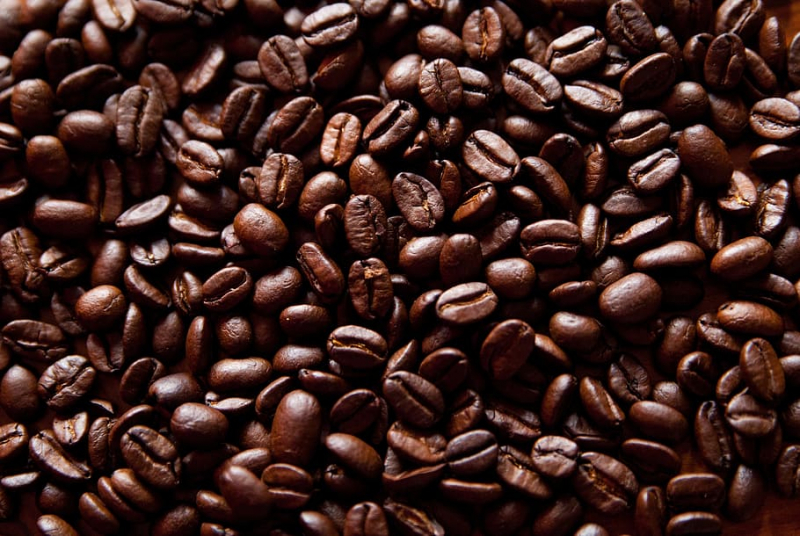
Photo on Wallpaper Flare 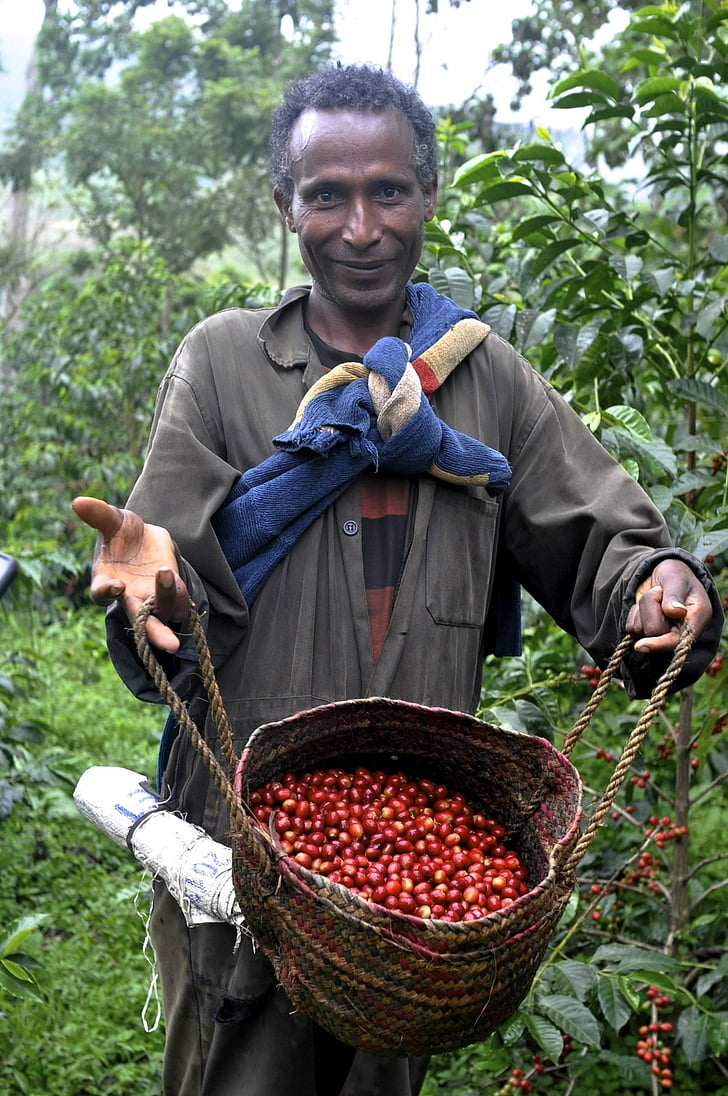
Photo on Hippopx -
Meanwhile in Africa, Ethiopia is ranked sixth, which is not surprising given its significance as the homeland of coffee in Ethiopian culture. We'll save the fascinating tale of the farmer and his dancing goats who discovered Arabica for another time.
Ethiopia has a wide variety of bean kinds, each with its own unique flavor and features. Unlike in other nations, the greatest coffee is consumed locally and never leaves the country. However, the coffee exported is of the highest grade.
Ethiopia, the coffee-producing country, produces approximately 471 thousand metric tons of coffee per year. Ethiopians are passionate about coffee. The coffee business in Ethiopia is nationalized and accounts for 10% of the country's GDP!Coffee Production: 471 Metric tons (000s) per year
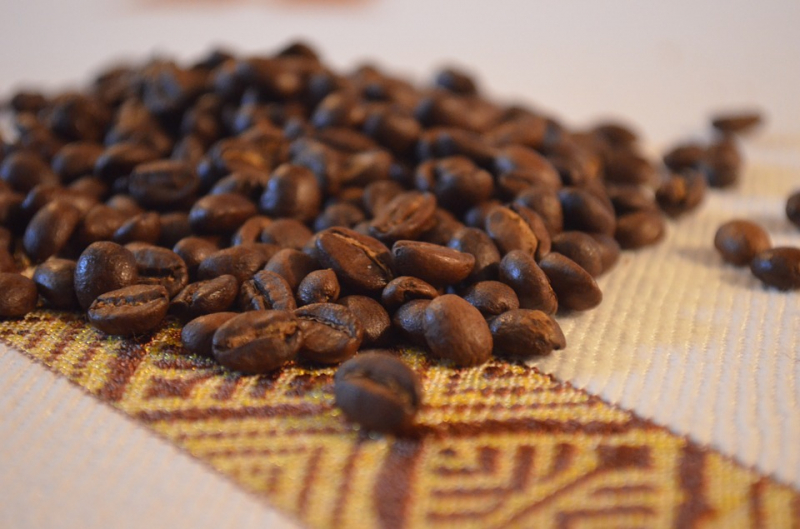
Photo on Wikimedia Commons 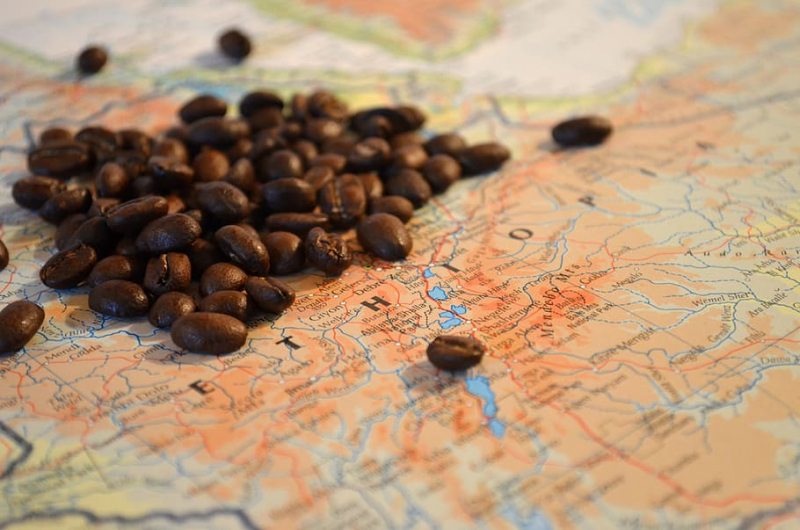
Photo on Wallpaper Flare -
In Peru, coffee is grown in ten distinct regions in the country's north, central belt, and south.
It's also not a new crop, having been farmed throughout the country since the 1700s. Due to the country's inadequate commercial infrastructure, coffee was frequently disregarded, resulting in the majority of coffee produced being drunk domestically. This has altered in recent decades, with farmers being able to export and sell their produce on global markets.
Many people are discovering that these coffees can compete with the best from around the world. Peruvian coffee grown in the lowlands is medium-bodied with nutty floral and fruity overtones, whereas coffee grown in the highlands, specifically in the Andes, is fragrant, rich, and acidic, and is just waiting to be discovered.Coffee Production: 346 Metric tons (000s) per year
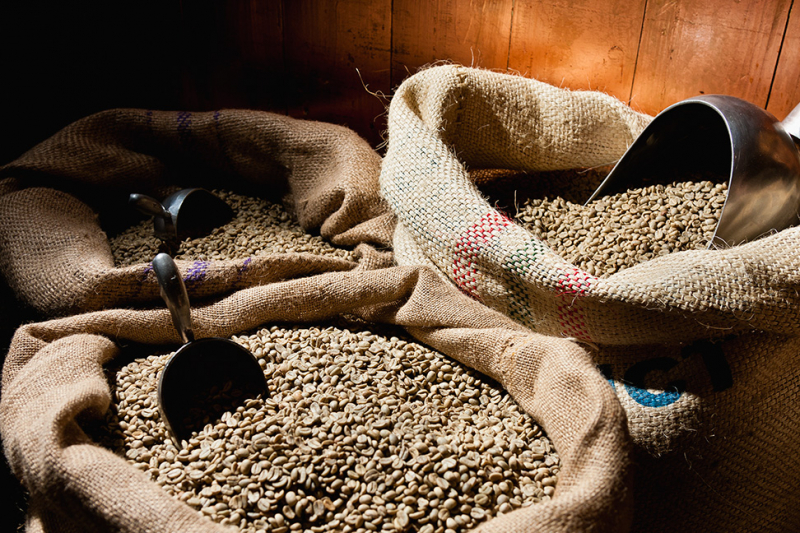
Photo on Wikimedia Commons 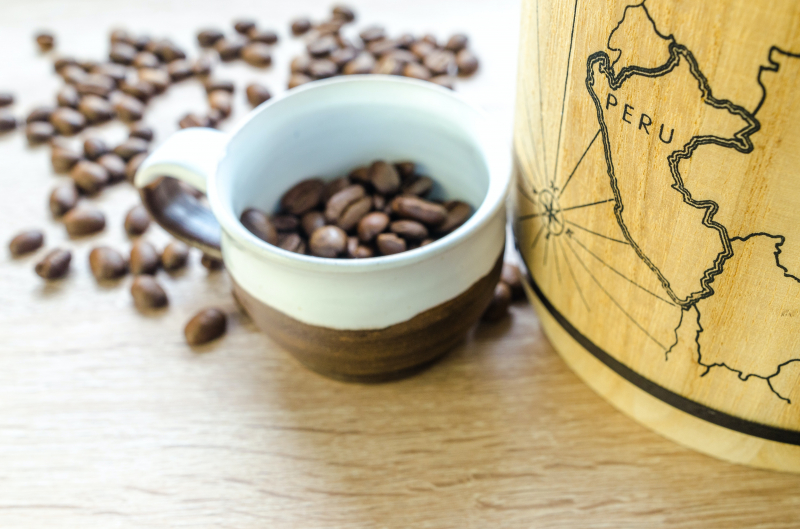
Photo by Lukas: https://www.pexels.com/photo/round-white-and-brown-mug-with-coffee-beans-1419944/ -
Moving on to Asia, India enters at position eight. India, a country of humble origins, was severely impacted by coffee rust in the 1870s, forcing them to switch many of their coffee estates to tea plants. Indians are frequently mistaken for making tea, but in actuality, coffee has been there since the Mughal Empire's rule in the 1600s; tea didn't appear until the 1800s!
Despite being historically known for producing Arabica coffee, since the turn of the century, 60% of their harvest is now robusta.
Kerala, Tamil Nadu, and Karnataka are the states in southern India where coffee is primarily farmed. The majority of the coffee produced in India is exported to Europe, where it is typically brewed into blended drinks. Baba Budan, a man who snuck some coffee beans into India from the Middle East and planted them in Karnataka, brought coffee back to India's shores. The rest is history.
Monsoon Malabar is the best Indian coffee in our opinion. The coffee beans go through a special processing step when they are subjected to monsoon weather. This contributes to the delivery of unmatched depth and character!Coffee Production: 312 Metric tons (000s) per year
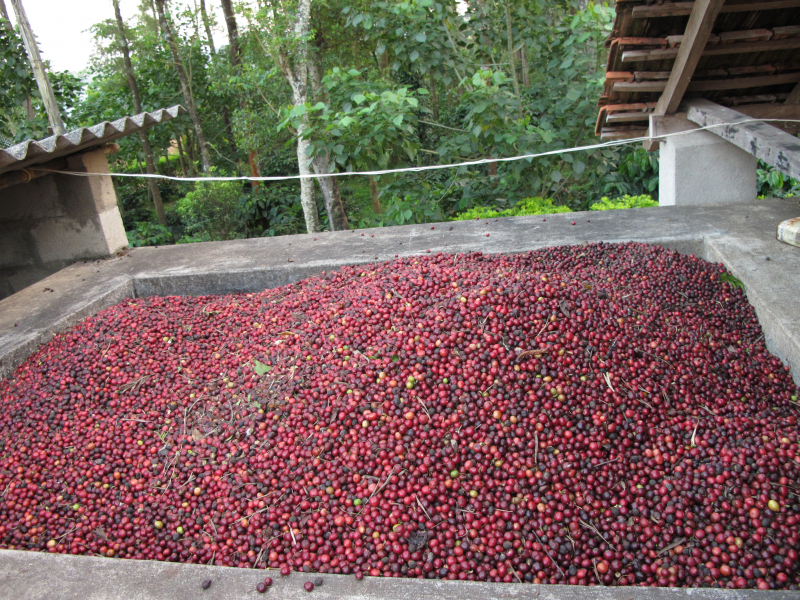
Photo on Wikimedia Commons 
Photo on Wallpaper Flare -
As we venture into Central America, we discover Guatemala chugging along at position nine.
Coffee was not regarded a crop until the late 1850s, following the collapse of the country's dye business as a result of the introduction of chemical colors to Europe's textile industry.
By 1880, coffee accounted for 90% of Guatemala's exports, and it remains the country's top export to this day. The crop produced has earned a well-deserved reputation for high quality. Caturra, Red and Yellow Catuai, and Red and Yellow Bourbon are the primary kinds, which are almost all Arabica. Guatemalan coffee beans thrive in locations with rich volcanic soil, low humidity, plenty of sun, and chilly nights, such as Antigua, Acatenango, Atitlan, Cobán, Huehuetenango, Faijanes, San Marcos, and Nuevo Orientea.
Guatemala Coban is especially popular. This coffee features top notes of opulently creamy hazelnut, dark fruits, and dark chocolate.Coffee Production: 254 Metric tons (000s) per year
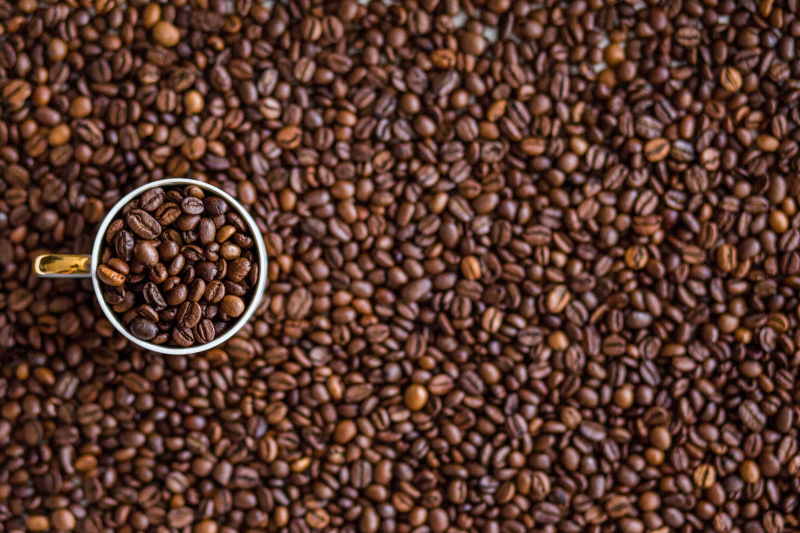
Photo on Peakpx 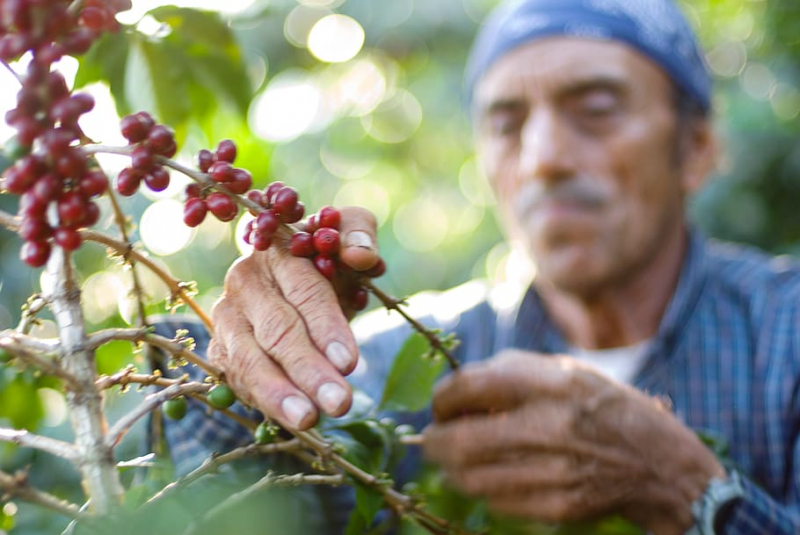
Photo on Wallpaper Flare -
Uganda is the world's tenth-largest coffee producer. But don't be fooled by its placement. Uganda is recognized for its Robusta coffee production and annually produces about 209,000 metric tons of coffee beans. Over many decades, it has developed its coffee production. The rarest naturally existing coffee trees on the planet are reportedly found only in Uganda.
The western regions of the Nile, the Okoro region, and the northern Lira and Gulu regions are where coffee is mostly farmed. Along with the central and southwest regions of Jinja, Mikono, Kampala, and Masaka, it is also grown in the eastern regions of Mbale and Bugisu.
Recently, Uganda has gained recognition for producing specialty Arabica coffee beans. The rich chocolate flavors and wine-like acidity of Ugandan Robusta beans are well-known.Coffee Production: 209 Metric tons (000s) per year
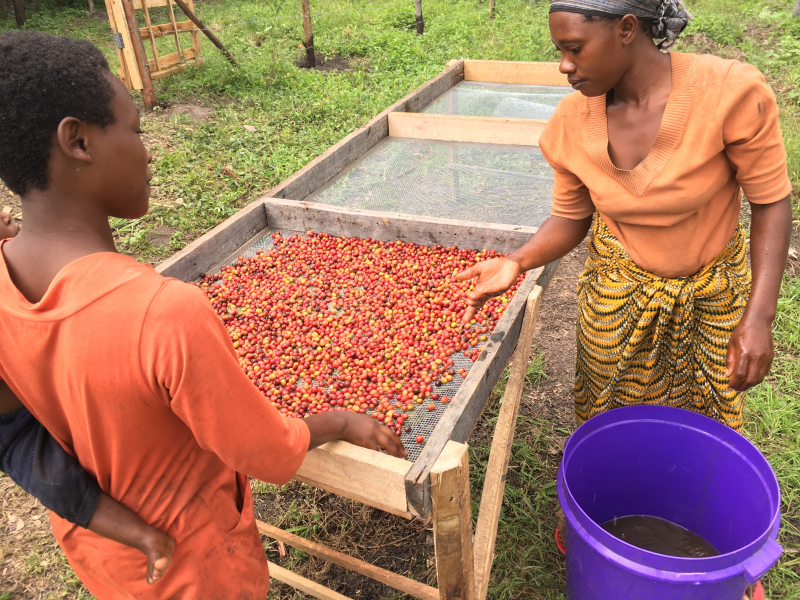
Photo on Wikimedia Commons 
Photo on Wallpaper Flare














